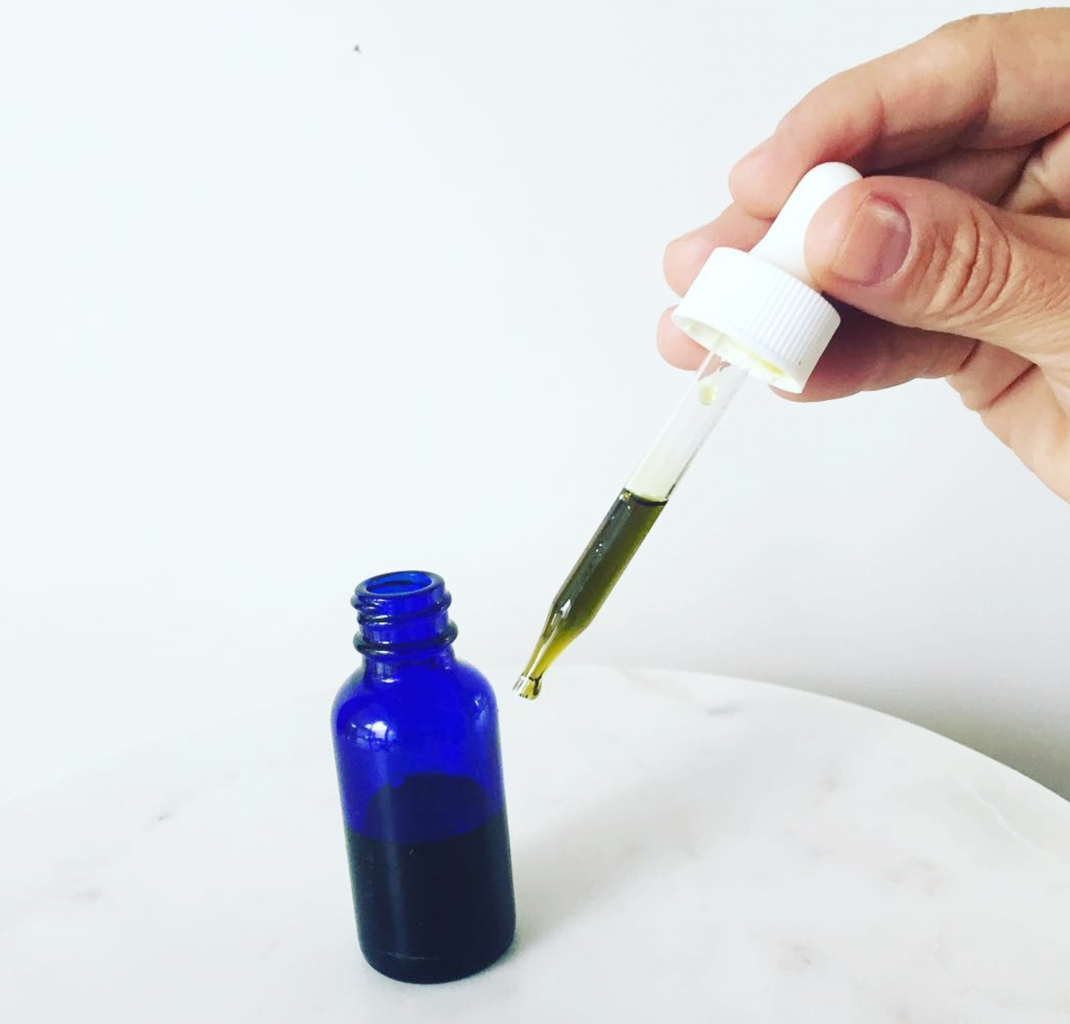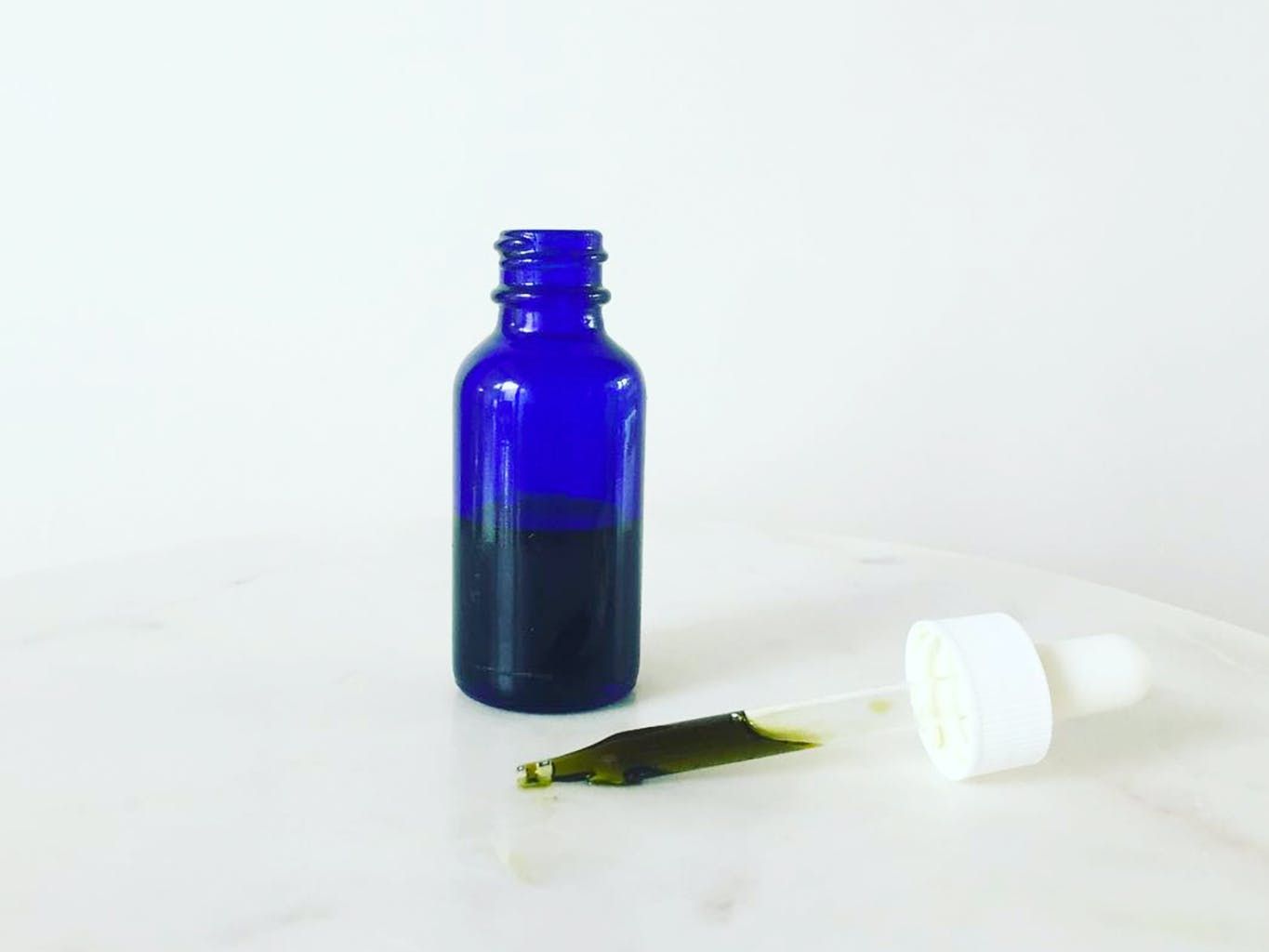When it comes to cannabis, there’s no single means of ingestion and, in cases where a specific dosage isn’t recommended by their doctor, patients can adjust dosages or layer with other forms of ingestion to suit their individual needs. But this variety can be confusing for some, particularly for those new to medical cannabis. In this article, we take a closer look at tinctures, considered the first form of cannabis to enter Western medicine.
So, what’s a tincture? Defined as “a solution of a medicinal substance in an alcoholic solvent,” high-proof alcohol is used to essentially break down the plant matter and its chemicals, resulting in a liquid medicine (aka tincture) that can be taken orally.
Cannabis Tinctures Date Back Almost 200 Years
Tinctures may not receive the fanfare that edibles and flowers do, but before prohibition it was the primary form of cannabis medicine. Its roots in Western medicine trace back to Irish doctor WB O’Shaughnessy, who witnessed cannabis’s use in India and subsequently wrote about hemp tincture in a report published in 1839. When O’Shaughnessy returned to England in 1842, he brought cannabis with him to educate pharmacists and doctors about its healing properties, exposing the Western world to the plant in the process.
RELATED:HOW TO GET YOUR MEDICAL CARD IN NEW YORK STATE
Soon after, doctors were prescribing it to patients everywhere—Queen Victoria herself was reportedly prescribed cannabis for relief from the pain of menstrual cramps—and by 1850 cannabis was listed in the United States Pharmacopeia as a treatment for a range of ailments including tetanus, alcoholism, opiate addiction, rabies and much more.
Tinctures would gradually become less fashionable with the increasing usage of opiates and the introduction of the syringe in the late 19th century, but it was the onset of prohibition in 1937 that took cannabis tinctures out of the mainstream and away from medicine cabinets. Still, the tincture persisted as a viable option for medical cannabis patients, enduring even as new and more innovative methods of ingestion continue to emerge.

Tinctures are often appealing to novice users of cannabis.
Who Benefits Most from Taking a Cannabis Tincture?
Certified medical cannabis patients in New York have access to multiple options for administering their medicine, either by inhalation through vaporizer and inhalers, or by oral methods in the forms of capsules, oils, oromucosal sprays or tinctures. But if each of these administrations is effective, how does a certified healthcare provider know what to recommend to their patient?
“Tinctures are very appealing for novice users of cannabis,” says Nelson Cuevas, general manager and pharmacist at PharmaCannis. “One of the main reasons is because we can really find out the exact dosing for the patient. We can tweak it—give a little more, a little less—to get the maximum amount of relief for the patient.”
The ability to adjust the amount of liquid is beneficial to newer patients getting used to medical cannabis. While a certified provider may provide dosage recommendations, no two patients react to cannabis in the same way. Anything from the method of consumption to the patient’s biochemistry to their mindset can impact the effect. As Nelson explains, “It’s a little easier to titrate to the exact dose when you’re using a liquid over a pill.”
Another appealing feature for patients is that tinctures are flexible enough to be taken in two different ways: sublingually, which is when you place drops of liquid under the tongue and allow it to dissolve through a process called osmosis, or by mixing it into a beverage and drinking it.
Of course, the amount of time it takes for the medicine to kick in differs slightly between these two methods. “If you put it under the tongue, you’ll get a quicker onset,” Nelson explains. “You’ll start feeling the effects in about 15 to 30 minutes. When ingesting it [by mixing the medicine into a beverage], the onset will take about 30 minutes.”
Patients using oral methods of ingestion should anticipate feeling the effects for several hours, and the way a cannabis tincture is administered can also influence the amount of time the patient feels its effects. “The duration of action changes when they use it sublingually,” he continues. “The duration of action is about four to five hours when they use it sublingually as opposed to ingesting it, which will last about six to eight hours.”
What Are the Advantages of Cannabis Tinctures?
Aside from a tincture’s flexibility and its appeal to cannabis newbies, patients also appreciate that it’s easy to accurately measure the dosage every time by simply using a dropper. It’s a discrete means of taking cannabis since there’s no telltale odor, with the added benefit of eliminating the impact on the lungs that comes with smoking.
A tincture is portable enough to be carried anywhere, and while a patient can choose to ingest a tincture in a beverage, digestion isn’t required in order for the medicine to work. It’s also an ideal option for patients who may be too young, too old, or too sick to vape or swallow a capsule.
But a tincture isn’t for everyone, particularly patients dealing with nausea or appetite loss. “The drawback of it is the taste,” says Nelson. “It’s a tincture, and the oil is a natural product; there’s nothing mixed into it to make it more palatable. When you’re taking it sublingually, the taste might be a little bit bitter. With mixing it into a beverage, you can mask the taste a little better.”
For those patients who don’t find the taste off-putting, tinctures provide relief with any number of ailments. “Tinctures higher in THC can be helpful for patients with muscular and skeletal ailments,” says Nelson, “while those higher in CBD are anti-inflammatory and effective at treating neurologic pain, spasms, and chronic pain.”
PharmaCannis offers multiple tinctures in varying ratios:
- 20:1 THC to CBD
- 2:1 THC to CBD
- 1:1 THC to CBD
- 1:4 THC to CBD
- 1:20 THC to CBD
Whatever the condition, patients must see a registered practitioner in order to receive a recommendation, but they’re also encouraged to do research into their options. “It is recommended you discuss your preferred mode of administration with your practitioner at the time of your certification,” according to Rachel Schepart, an RPh with PharmaCannis. So let your doctor know if you think a tincture might be right for you.
Tinctures have managed to endure cannabis’s long, complicated history and are a fixture in dispensaries everywhere. Even though tinctures don’t always get the spotlight, they’re widely used by medical cannabis patients seeking effective medicine that activates quickly, can be dosed reliably and consistently, and is long lasting.
To learn more about obtaining and using medical cannabis in New York, check out Rachel’s answers to our community’s questions.
If you are new to cannabis and want to learn more, take a look at our Cannabis 101 post. HelloMD can help you get your medical marijuana recommendation; it’s 100% online, private and efficient.






